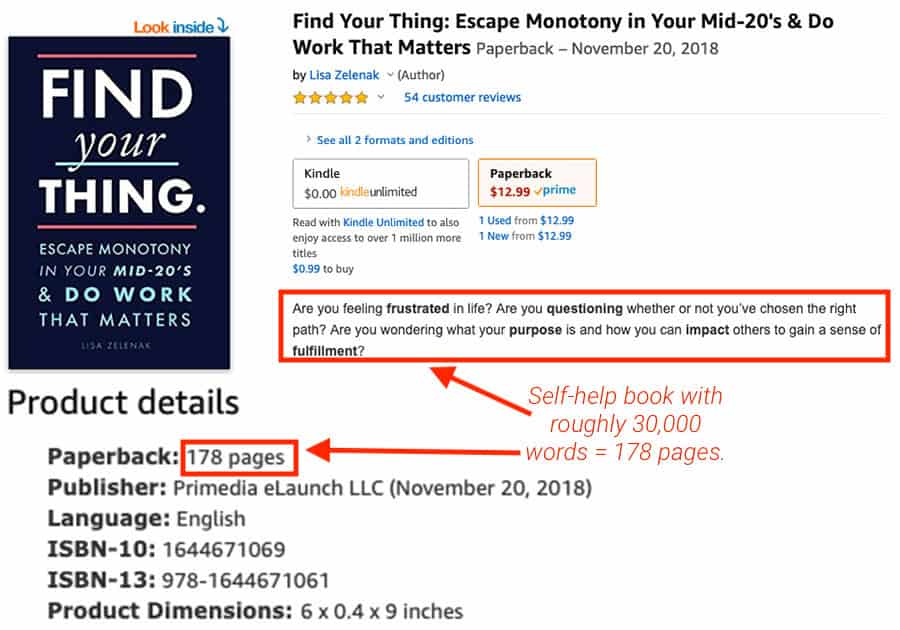

#Word count of famous books series#
Looking at Meyer’s sentences, you get the sense that she may be using similar sentences again and again-a pitfall, perhaps, of writing a series of such length. Collins’ declarative sentences telegraph her books’ relatively spare descriptions of the action. Rowling’s betray her reliance on suspense: “Harry looked around,” “He waited,” “Harry stared.” (A list of her most frequently used sentences could be repurposed into a script for an absurdist play called Waiting for Voldemort.) Meyer’s sentences-“I sighed,” “He sighed”-show a text focused on the emotional lives of her characters. Like the distinctive word lists, these sentences suggest something about each author’s style. By comparison, none of the four Twilight books have a word count within 10,000 words of one another, and the last Harry Potter book is more than twice as long as the first. In other ways, however, Collins’ books are remarkably consistent: The three books have a word count of roughly 101,200, 101,900, and 102,700, indicating she sticks to a precision formula for young adult success. What I found was a transition from “weak,” “wild,” and “furious” in The Hunger Games (in which Katniss must endure the Hunger Games competition) to “mental,” “physical,” and “ridiculous” in Catching Fire (in which Katniss must handle both a second competition and a rebellion) to “glad,” “lucky,” and “funny” in Mockingjay (in which Katniss struggles through a series of unfortunate events but ultimately finds a measure of peace).


Applying the same methodology to just the Hunger Games trilogy, I isolated the most distinctive adjectives for each of the three books. Of course, each series is made up of individual books, and there are variations within a series as well.
#Word count of famous books movie#
Not all of Collins’ tics will be on display in this weekend’s movie version, but if you go, don’t be surprised if you see Katniss “repeatedly” make “last-ditch” efforts to save her skin when “something is wrong.” Textual analysis has its limitations, of course, but word counting can illuminate the tendencies of writers in a way that word reading may not. Words that were used by only one author or less than 10 times total between the three authors are not included in the lists, as they might only appear because they’re so rare, not because they’re characteristic of an author’s writing. Below is a table listing the most distinctive adjectives used by Collins, Meyer, and Rowling. While studying the Federalist Papers, Mosteller and Wallace found that Hamilton used the conjunction while, as opposed to Madison, who preferred whilst, a distinctive word choice that, in combination with others, could be used to tell the writers apart. The more interesting question is not which words are used most frequently, but which words are used most frequently in comparison to similar authors-that is, which words are most distinctive to a given author’s work. Once the words have been counted, the most obvious question to ask is: Which words are used most frequently by each author? But this returns uninteresting results, as basic words like the, a, and and turn up most often in every author’s work. Using similar methods, but with help from a modern computer, which makes the “counting” portions of a “counting words” study much easier to perform, I conducted an equivalent analysis of the fantasy series in question.

“Textual analysis” sounds complicated, but it’s actually quite simple-a better term for it might be “counting words.” In 1963, statisticians Frederick Mosteller and David Wallace published one of the most famous “counting words” papers of all time when they determined, through analysis of word frequencies, that James Madison most likely wrote 10 of the anonymously penned Federalist Papers.


 0 kommentar(er)
0 kommentar(er)
